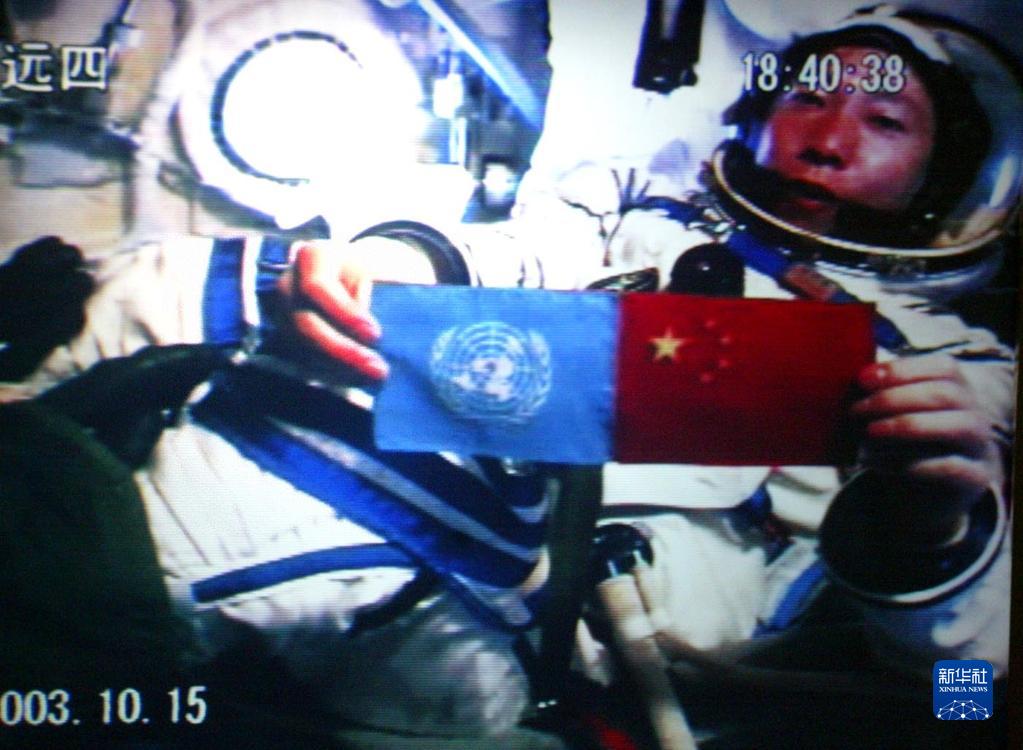“JoyE annivRsR :-)”: in the face of the rise of social networks and online messaging services such as WhatsApp, Messenger or Telegram, SMS (“short message service”) seems to be a declining digital species, thirty’ years after its appearance , without disappearing from our mobiles.
A sign of its “collector” dimension, the first SMS in history, transmitted by the Vodafone operator on December 3, 1992, was auctioned in December 2021 by the Aguttes house in France… in the form of NFTs, these unique digital numbers and certified assets that are revolutionizing internet usage.
Received at the time by Richard Jarvis, a Vodafone employee, the transmission from a computer of this 15-character SMS to say “Merry Christmas” (Joyeux Noël) revolutionized communication methods due to its ease of use.
“It’s a technology of European origin,” reminds AFP Marc-Antoine Dupuis, son of the French engineer Philippe Dupuis, considered the co-inventor of the GSM standard, the 2G mobile network that has allowed the birth of SMS in recent years 90’s.
Limited to 160 characters, forcing its users to develop sometimes cryptic orthographic language such as smileys constructed using different punctuations, text messages are now exchanged without limits and enriched with photos, videos and other multimedia contents (MMS).
But at the time, in France, “an SMS cost 1 franc,” notes Jean-Michel Huet, telecommunications specialist at BearingPoint. “It’s as if every tweet today costs 15 euro cents”.
If up until the early 2010s they were hyper-popular, especially for New Year’s greetings, the use of person-to-person SMS continues to decline.
In the UK alone, the figure was divided by four in ten years, falling below the 10 billion mark in the first half of 2022, according to Ofcom, the UK’s telecommunications regulator.
– Increased online messaging –
The main cause is the rise of social networks (Facebook, Snapchat, Instagram) and above all of online messaging services such as WhatsApp, Messenger, iMessage, Viber or Telegram, which avoid “roaming” (roaming charges abroad) by Internet.
In Asia, the messaging services WeChat (China), Line (Japan) and KakaoTalk (South Korea) also won, with innovations that appealed to the younger generations, such as the ability to create conversation groups or even read receipts of messages.
Example: In the 16-24 age group, the use of online messaging increased by 53.73% in one year, while the use of SMS decreased by 29%, according to a study by the Body of European Regulators for Communications electronics released in 2021.
However, SMS does not admit defeat in some regions of the world, such as Nigeria, the most populous country in Africa. Nearly 10 billion text messages were sent to you in 2021, 15% more than the previous year, according to a report by the Nigerian Communications Commission.
If the vast majority of Nigerians have a mobile phone, only 44% of them had access to the internet in 2021. And the cost of an SMS, 4 naira (0.008 euros) compared to that of an internet connection (about 1 euro for 2 GB ), still remains competitive in this country where almost one in two inhabitants live on less than $2 a day.
For its defenders, texting also remains essential as an “identity and security verification tool,” from logging into your online bank account to acknowledging receipt of a package, including reading a Covid test.
“SMS is one of the two possible mandatory channels for alerting the population” in the face of natural, industrial, health or terrorist hazards, Marc-Antoine Dupuis underlines, such as the FR-Alert service in France.
Another sign of its vitality: the explosion of SMS from advertising and “transactional” applications, which are expected to exceed the threshold of 50 billion dollars in revenue in 2023 worldwide, according to Juniper Research.
And overloaded or payment-related SMS, known to the general public through television games or requests for donations, “also have the vocation of developing as a digital channel for mobile payments in emerging countries”, underlines Jean-Michel Huet, “above all In Africa.
yk-cma/elc/er
HALF
VODAFONE GROUP
JUNIPER NETWORKS


